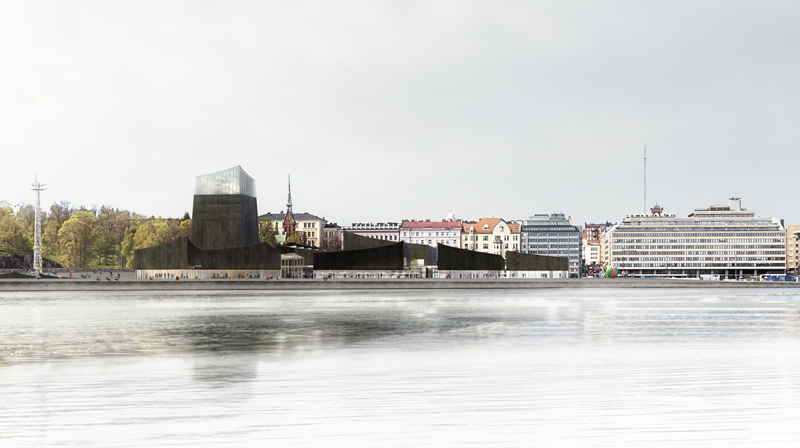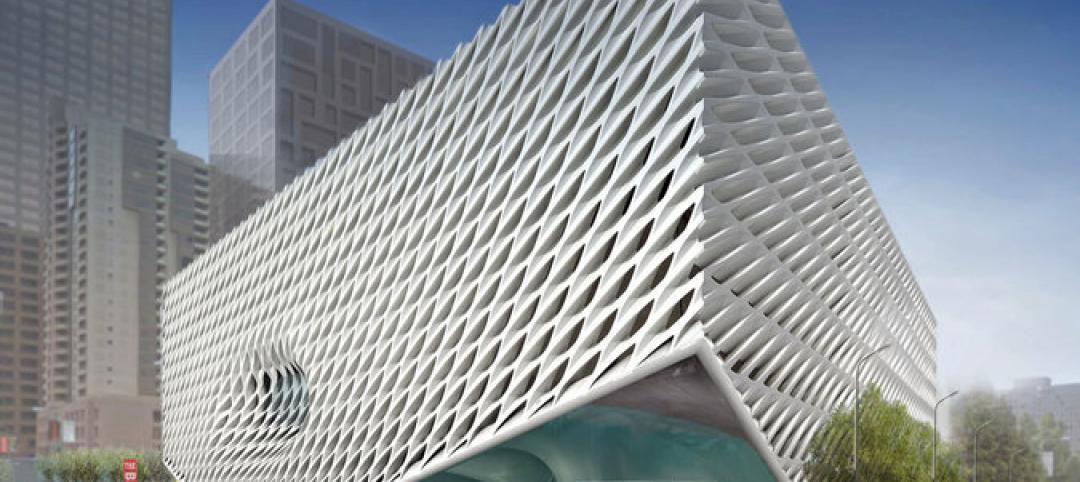It’s been a little more than a year since the Solomon R. Guggenheim Foundation launched an open, international competition for the design of a proposed Guggenheim in Helsinki, back on June 7, 2014. Today, the foundation announced that the winning design—selected from more than 1,700 entries—is the one by Parisian firm Moreau Kusunoki Architectes.
Midway through the competition, the jury narrowed the field down to six finalists and released the designs to the public while the firms behind them were kept anonymous. A campaign encouraged the public to vote for their favorite by using a specially engineered appthat matched a user’s personality with a building design.
The winning design by Moreau Kusunuki “invites visitors to engage with museum artwork and programs across a gathering of linked pavilions and plazas organized around an interior street,” according to a Guggenheim Foundation statement.
Locally sourced charred timber and glass will clad the exterior. The entire building is composed of nine low-lying volumes and one lighthouse-like tower. A nearby observatory park will be connected to the museum by a pedestrian footbridge.
“Moreau Kusunoki has titled its proposal ‘Art in the City,’ a name that sums up the qualities the jury admired in the design,” said jury chair Mark Wigley, professor and dean emeritus of the Graduate School of Architecture, Planning and Preservation at Columbia University. “The waterfront, park, and nearby urban area all have a dialogue with the loose cluster of pavilions, with people and activities flowing between them. The design is imbued with a sense of community and animation that matches the ambitions of the brief to honor both the people of Finland and the creation of a more responsive museum of the future."
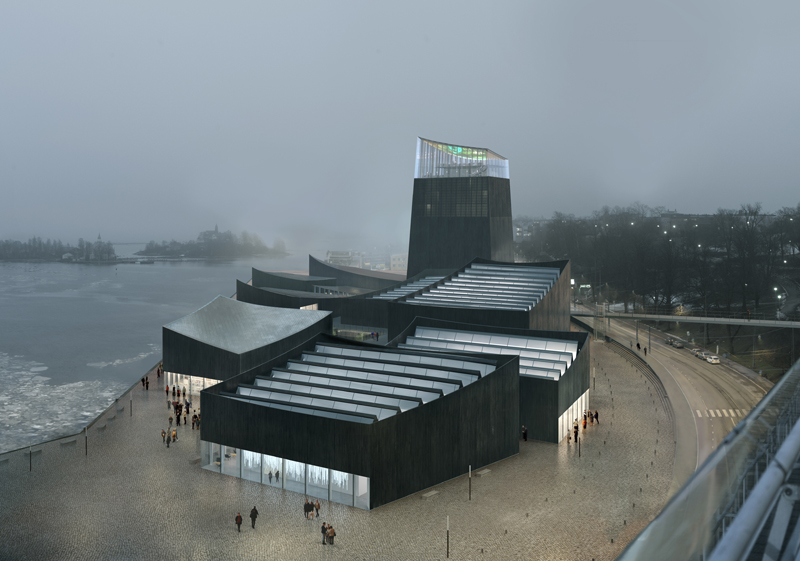
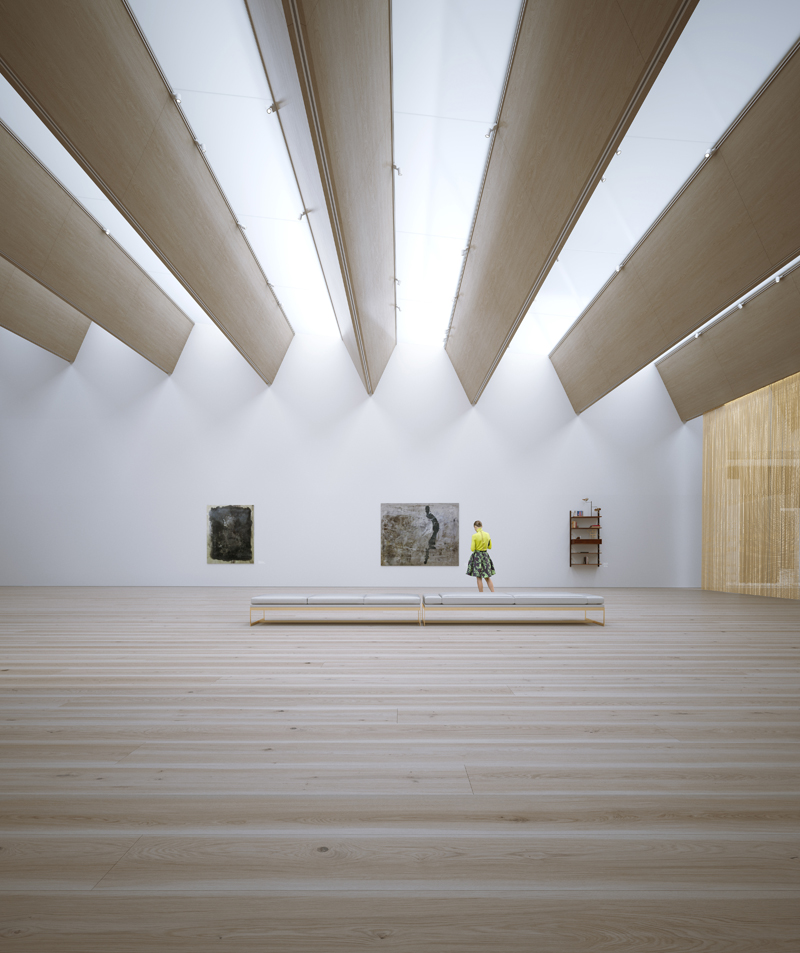
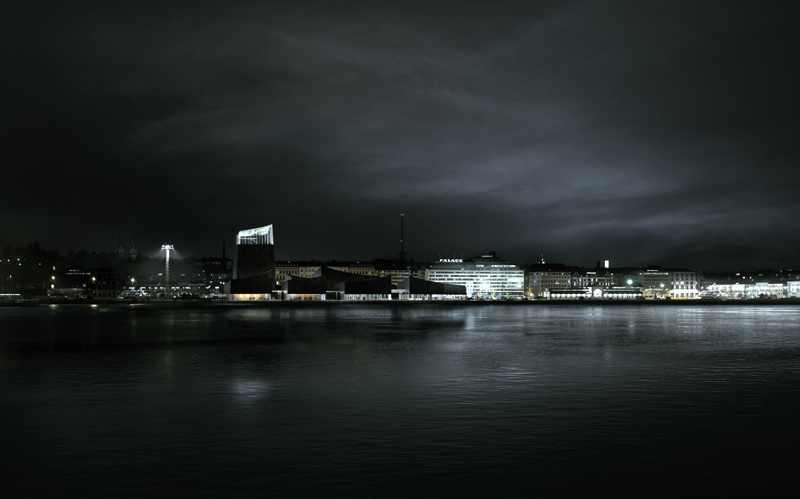
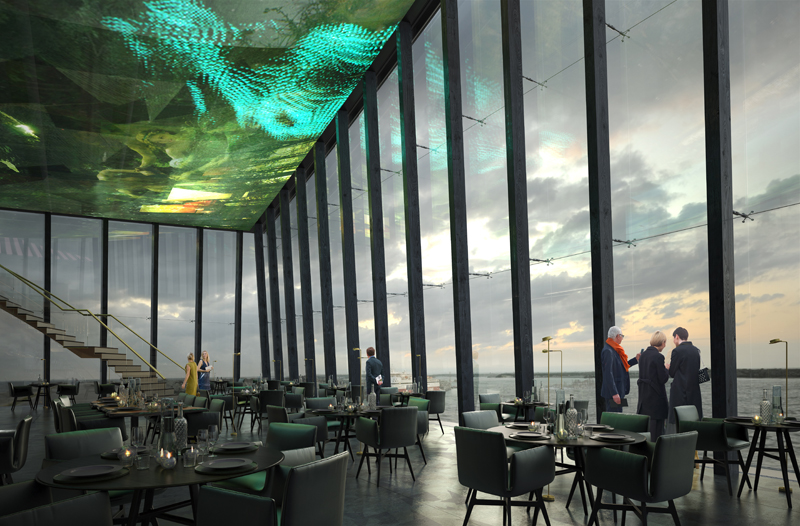
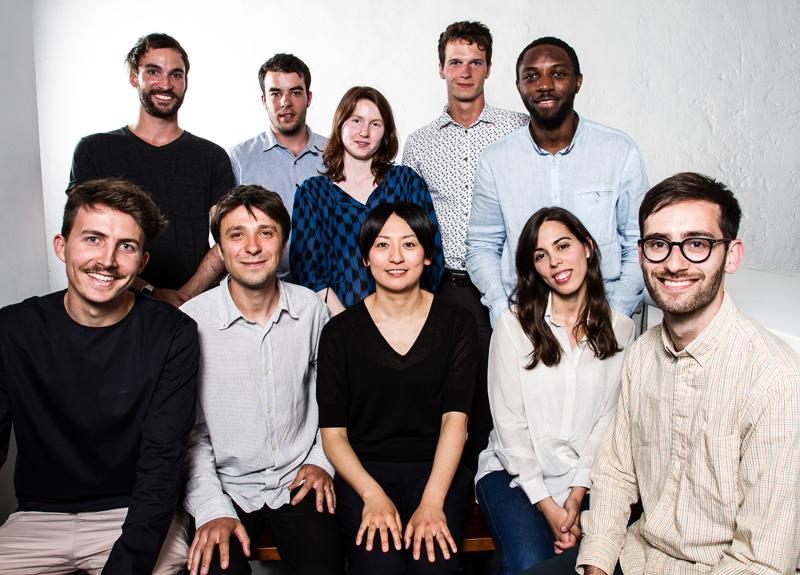 The winning firm, with Nicolas Moreau and Hiroko Kusunoki seated second from left and center
The winning firm, with Nicolas Moreau and Hiroko Kusunoki seated second from left and center
Related Stories
| Jun 18, 2014
Arup uses 3D printing to fabricate one-of-a-kind structural steel components
The firm's research shows that 3D printing has the potential to reduce costs, cut waste, and slash the carbon footprint of the construction sector.
| Jun 16, 2014
6 U.S. cities at the forefront of innovation districts
A new Brookings Institution study records the emergence of “competitive places that are also cool spaces.”
| Jun 13, 2014
First look: BIG's spiraling museum for watchmaker Audemars Piguet
The glass-and-steel pavilion's spiral structure acts as a storytelling device for the company's history.
| Jun 12, 2014
Tod Williams Billie Tsien Architects' design selected for new UCSC facility
The planned site is a natural landscape among redwood trees with views over Monterey Bay, a site that the architects have called “one of the most beautiful they have ever worked on.”
| Jun 12, 2014
Austrian university develops 'inflatable' concrete dome method
Constructing a concrete dome is a costly process, but this may change soon. A team from the Vienna University of Technology has developed a method that allows concrete domes to form with the use of air and steel cables instead of expensive, timber supporting structures.
| Jun 11, 2014
David Adjaye’s housing project in Sugar Hill nears completion
A new development in New York's historic Sugar Hill district nears completion, designed to be an icon for the neighborhood's rich history.
| Jun 9, 2014
Green Building Initiative launches Green Globes for Sustainable Interiors program
The new program focuses exclusively on the sustainable design and construction of interior spaces in nonresidential buildings and can be pursued by both building owners and individual lessees of commercial spaces.
| Jun 9, 2014
Eli Broad museum files $19.8 million lawsuit over delays
The museum, meant to hold Eli and Edythe Borad's collection of contemporary art, is suing the German company Seele for what the museum describes as delays in the creation of building blocks for its façade.
| Jun 4, 2014
Want to design a Guggenheim? Foundation launches open competition for proposed Helsinki museum
This is the first time the Guggenheim Foundation has sought a design through an open competition. Anonymous submissions for stage one of the competition are due September 10, 2014.
| May 29, 2014
7 cost-effective ways to make U.S. infrastructure more resilient
Moving critical elements to higher ground and designing for longer lifespans are just some of the ways cities and governments can make infrastructure more resilient to natural disasters and climate change, writes Richard Cavallaro, President of Skanska USA Civil.


